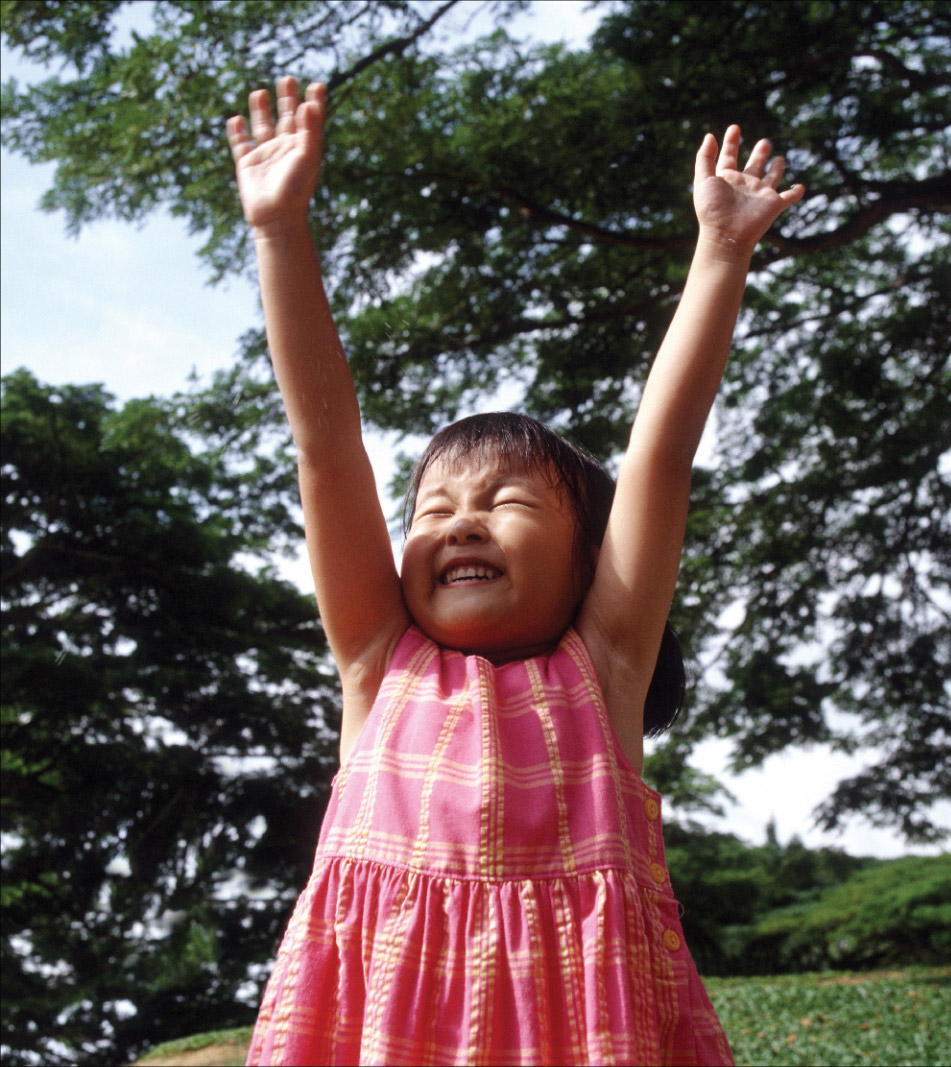Quality Rating 3: Planning
Requirements
Let’s look at the requirements for Developmentally Appropriate Learning and Practice: Planning: DAP 4.3: School-Age Only (DAP 5.3 for Center and Family Child Care).
Review the requirements for your program type.
Some terms may be unfamiliar to you. Select the hyperlinks for more information.
Child Care Center
DAP 5.3: Planning
Lessons plans include age-appropriate domain-based activities reflective of children’s interests and skills; address the developmental needs of each and every child; are informed by observation and include information from an IFSP/IEP, if provided.
Documentation to submit: Lesson Planning Process Statement
Family Child Care
DAP 5.3: Planning
Lesson plans include age-appropriate domain-based activities reflective of children’s interests and skills; address the developmental needs of each and every child; are informed by observation and include information from an IFSP/IEP, if provided.
Documentation to submit: Lesson Planning Process Statement
School-Age Only
DAP 4.3: Planning
Lesson plans include age-appropriate activities reflective of children’s interests and skills; and include: multiple literacy, language, science, art, health, and wellness, physical fitness, and numeracy activities on a daily basis; address the developmental needs of each and every child; and include information from an IEP, if provided.
Documentation to submit: Lesson Planning Process Statement


